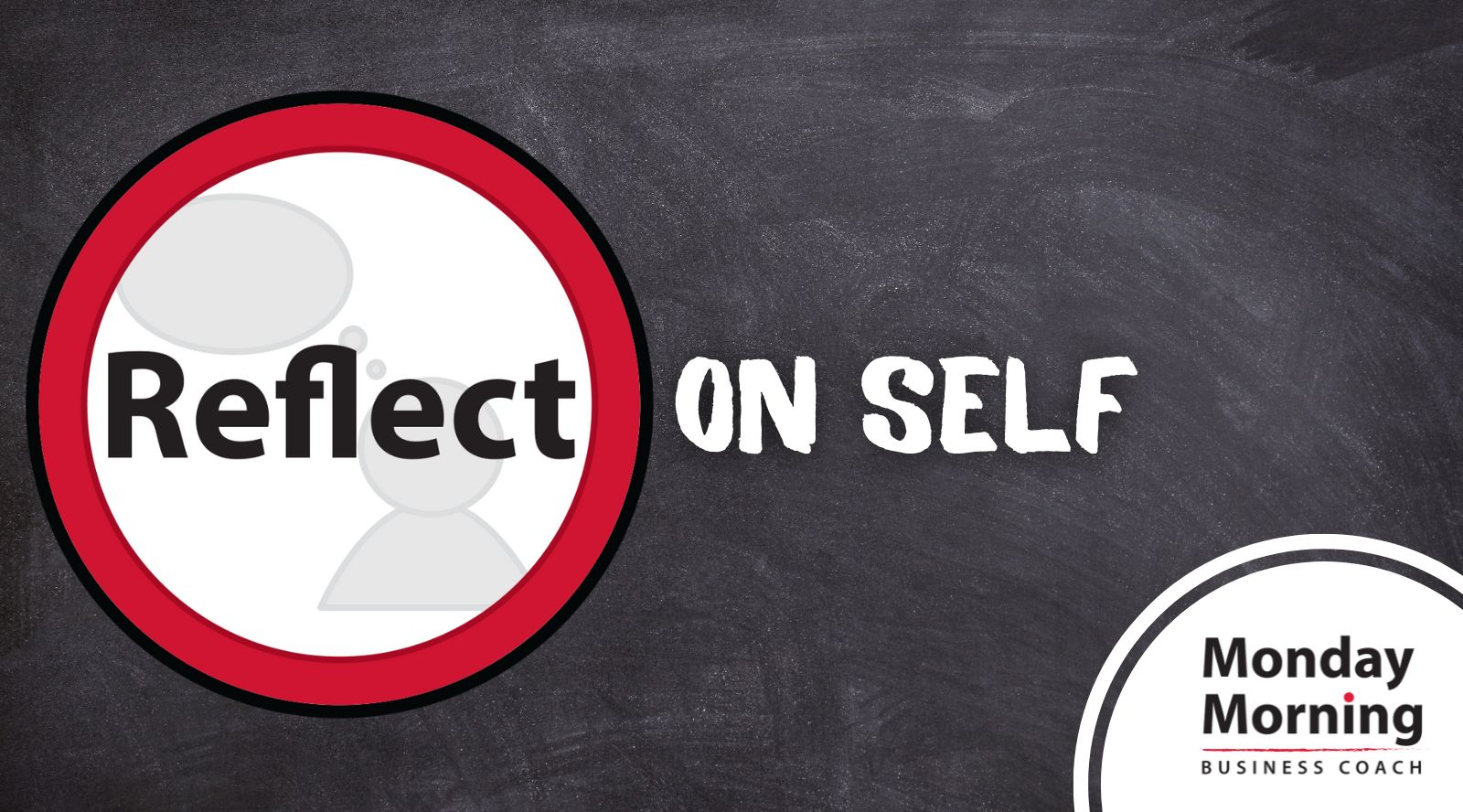Over the past couple of months, we’ve been talking about the importance of Pausing as a way to decrease your stress and reactivity, grow your emotional agility, and increase your ability to create psychological safety.
The Pause is the first step in our Leader in You® framework. It’s a powerful tool meant to help you interrupt your reactions so that you can respond as the leader you want to be.
This week, we want to talk about the second step in our Leader in You framework, because it can further support you in managing your stress and growing your emotional agility which supports the creation of psychological safety on your teams (and with families, friends, colleagues, etc).
The second step we’re referring to is Reflecting.
Reflecting gives you tools to investigate
what’s going on inside of you
and to guess what might be going on
in the people you’re involved with or leading.
Today, we’re focusing inward to help you understand what’s happening inside of you when you’re reactive.Next week, we’ll focus outward to help you guess at what might be happening in others when they’re reactive.
REFLECT on SELF
There are three questions we encourage you to ask yourself when you notice yourself becoming reactive:
1. What am I afraid of in this situation?
You can ask this before you go into the situation or to deepen your understanding when you pause.
Our brains are wired for fear which has historically kept us alive. And yet, it doesn’t always serve us!
Common answers we’ve heard in response to this question are:
- I’m afraid that people will think I don’t deserve to be in the role.
- I worry that I’ll look dumb or incompetent.
- I fear that people are ignoring me and that my input doesn’t matter.
2. What do I typically do when I feel that?
This is a chance to consider what you know about yourself. When you become afraid, what does that look like?
We all typically have responses to fear that can vary based on the circumstances, but over time they can become a pattern.
Common answers we’ve heard in response to this question are:
- I get louder and railroad other people’s input.
- I sit back and don’t bother to share my thoughts.
- I keep busy, over-function, and/or micromanage everyone around me.
3. What would I do if I felt safe?
After reflecting on how you typically handle your fear, contrast that with how you show up when you feel safe and at your best. They’re often quite different.
What does it look like when you’re in great conversations where you’re influencing others and allowing others to influence you?
Common answers we’ve heard in response to this question are:
- I actively listen while others provide their input and I share mine.
- I try to see if there is a way to create a new idea that builds on input from multiple people.
- I lean in and make sure to share my thoughts during the conversation and remain present as others share their thoughts.
As a leader, it’s important to navigate your fear so that you can show up at your best.
Play with these questions to help you understand your reactivity, to honor it, and to then take action as you would if you were at your best.
Think of the power in being able to know when you’re triggered and still move forward in a way that honors you and others.
Next week, we’ll talk about how to REFLECT ON OTHERS, to help increase your understanding of them so that you can respond more effectively.
If you’d like support
incorporating PAUSING or REFLECTING into your day,
contact us today.


